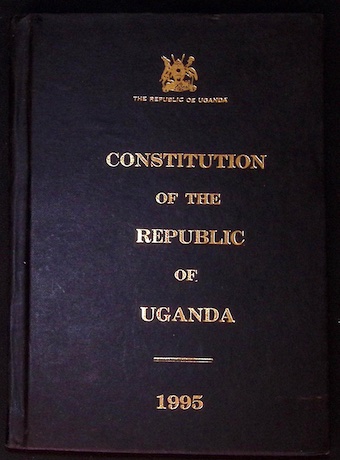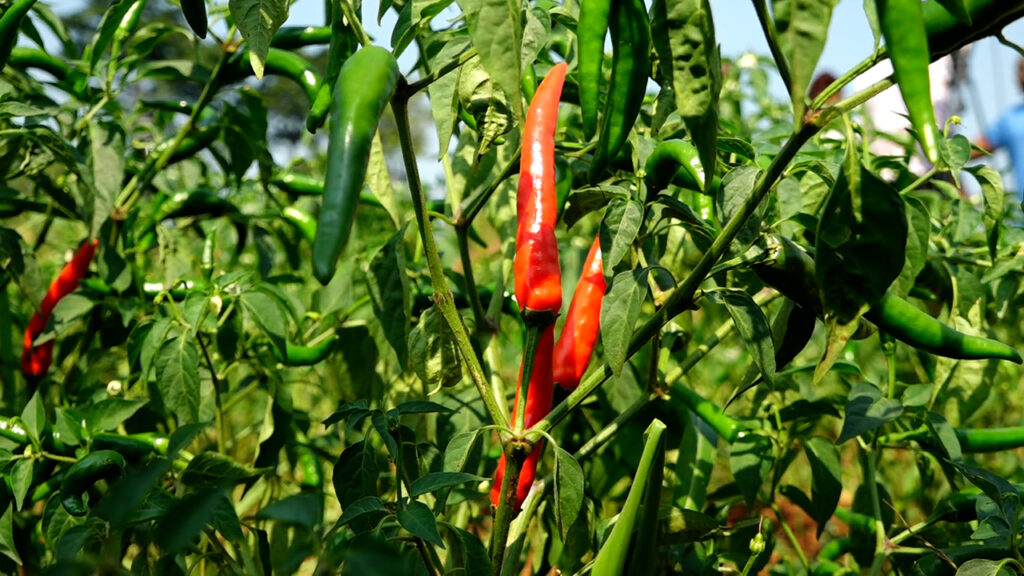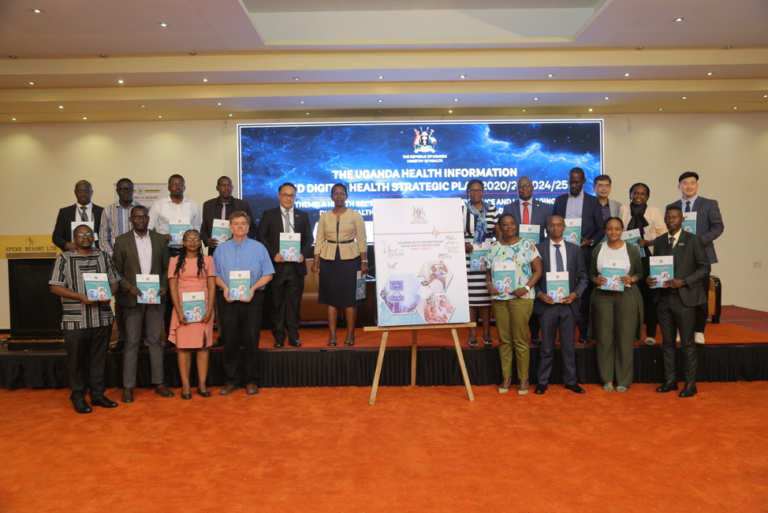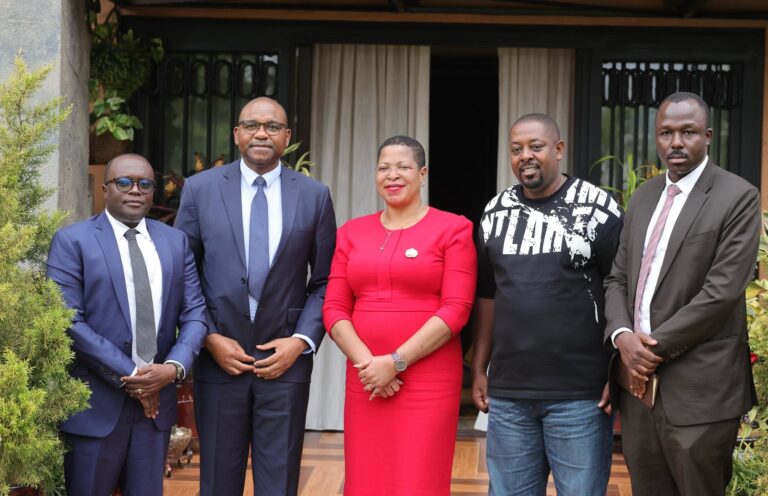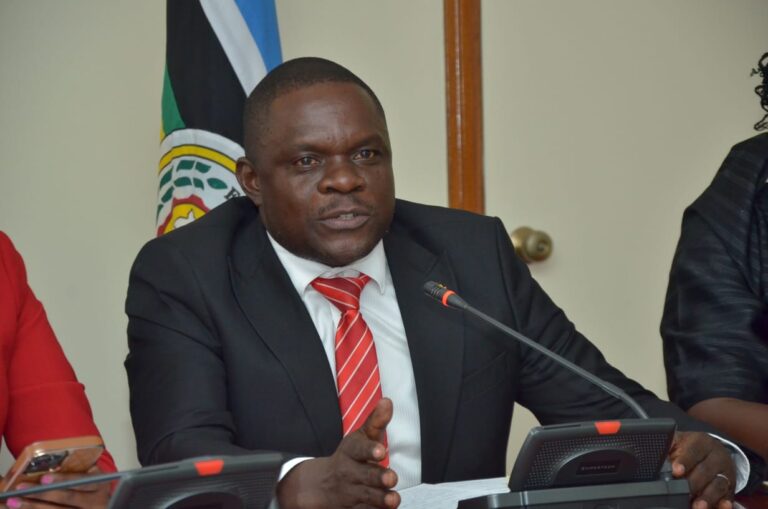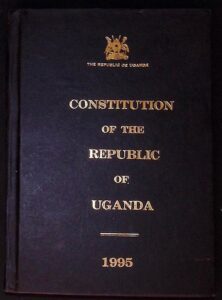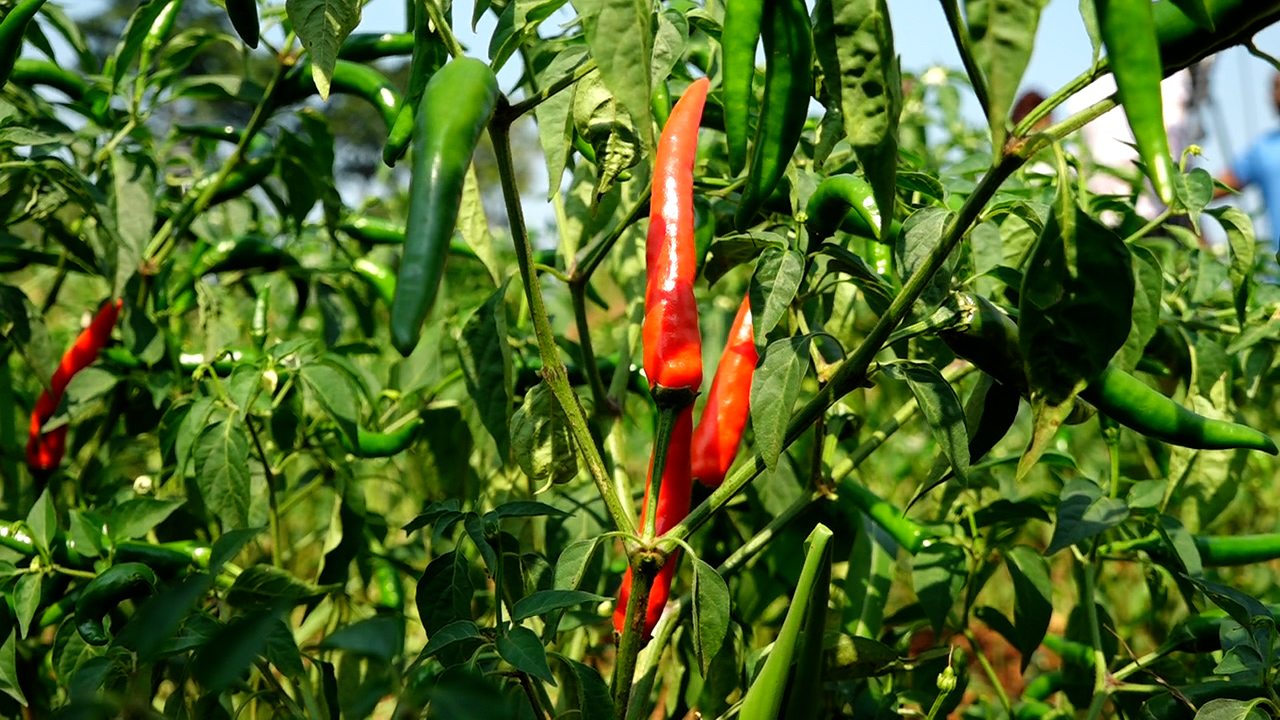
Busoga is set to make history this September with the export of its first container of chili to China, a landmark that signals a transformative shift in the region’s agricultural and economic outlook.
The milestone is being delivered under a regional development programme spearheaded by the Busoga Consortium for Development (BCD), which is championing chili and soya farming as part of a broader strategy to combat poverty and enhance household incomes.
“The first chili export container leaving Busoga for China is a turning point. We are finally tapping into the global market with our own high-value produce,” — Dr. Anthony Mula, Director General, BCD
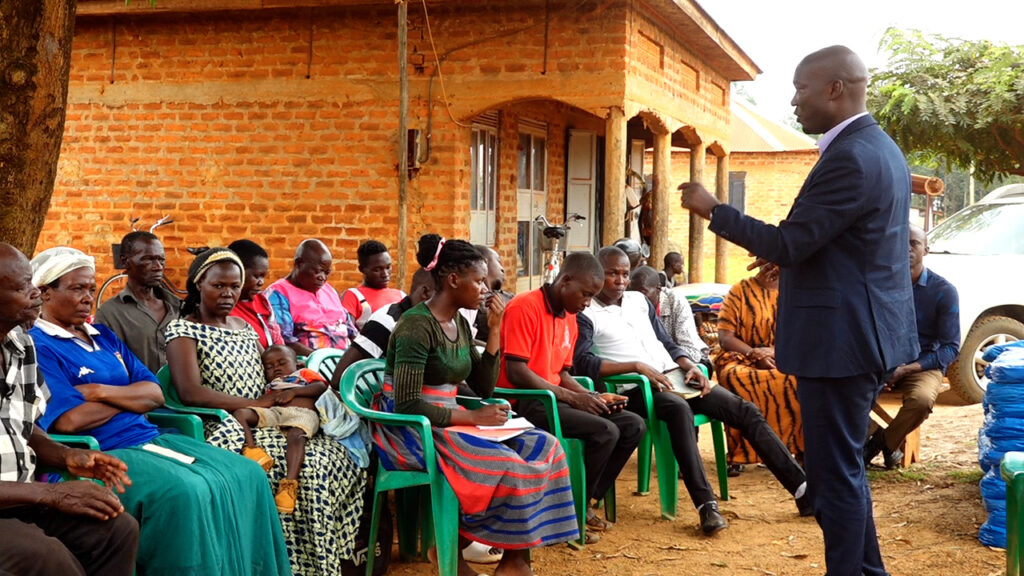
The initiative, aligned with Uganda’s Parish Development Model (PDM), targets over one million farmers across Busoga’s ten districts. The goal is to shift communities from low-return subsistence crops to export-ready, high-value alternatives. BCD is also offering training, post-harvest handling support, and value addition capacity to ensure sustainability and scale.
From Demonstration to Export: The Journey So Far
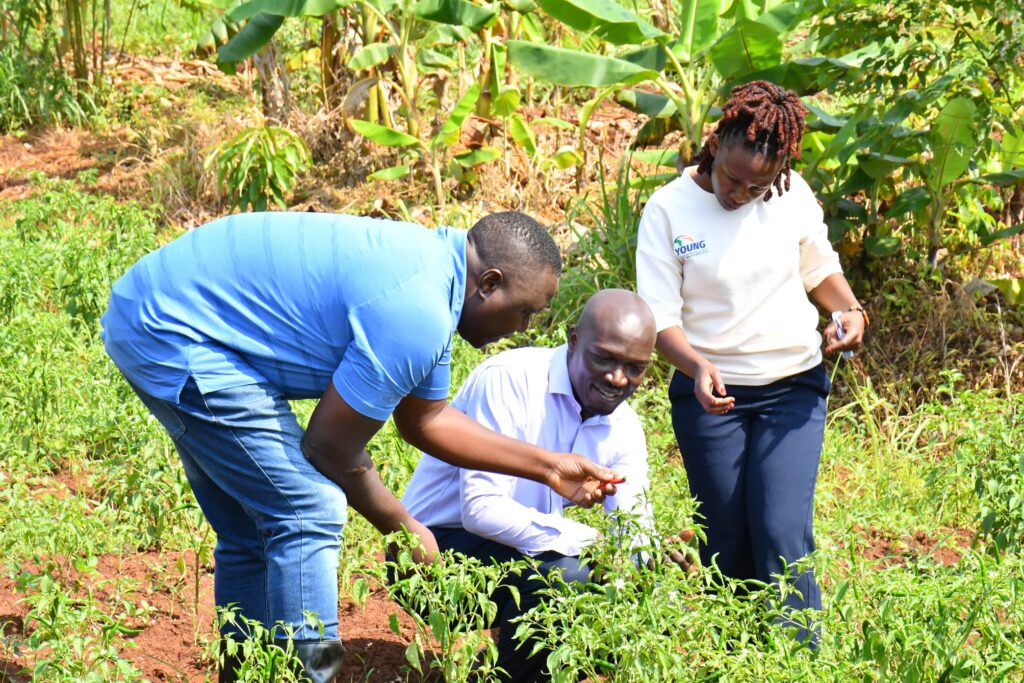
Photo Credit: Mwesigwa Samuel
The chili programme was officially launched earlier this year by H.E. Rtd. Maj. Jessica Alupo, the Vice President of Uganda, at a 40-acre demonstration farm in Kamuli District. Since then, farmers from Kamuli, Mayuge, Bugiri, Jinja, and Namayingo have embraced chili farming, with ongoing support from BCD and the Greater Kamuli Farmers’ Cooperative.
With harvests now underway, the first export container is set to be shipped to China next month—ushering in a new era of export-led farming for smallholder farmers in Busoga.
Economic Forecast: UGX 19 Trillion in Annual Revenue
If we get one million chili farmers in Busoga, each planting just one acre, the region could generate an unprecedented wave of income—turning Busoga into an agricultural powerhouse and lifting thousands of households out of poverty.
- 1st Season:
If each farmer earns UGX 5 million per acre,
→ 1,000,000 farmers × UGX 5 million = UGX 5 trillion - 2nd Season (double yield due to improved methods):
UGX 10 million × 1,000,000 = UGX 10 trillion - 3rd Season (light harvest):
UGX 4 million × 1,000,000 = UGX 4 trillion
Total Annual Revenue Potential = UGX 19 Trillion
This figure reflects more than profits—it’s a blueprint for financial inclusion, youth employment, and community-led wealth creation. Now imagine if those same households also planted soya or reared hybrid poultry. Busoga’s agricultural economy would more than double, with families enjoying both seasonal and daily incomes.
This is not just a dream—the first container of chili bound for China in September is proof that Busoga’s journey toward global markets has already begun an acre. If the same households also adopt soya farming, the region’s agro-economy could potentially double.
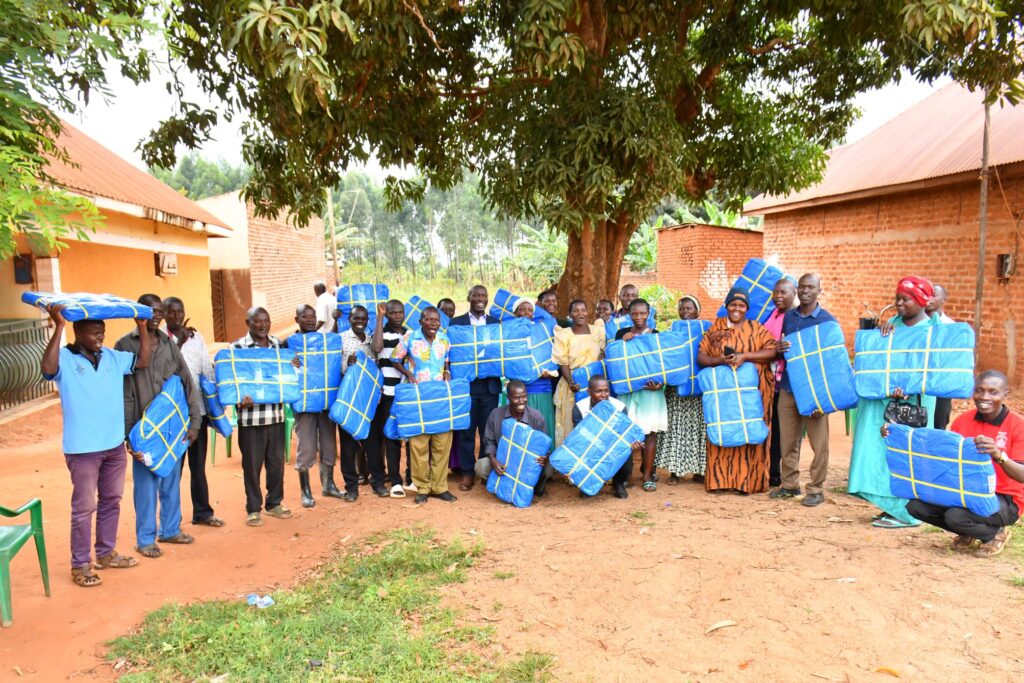
Cutting Post-Harvest Losses & Building Agro-Skills
To reduce losses, BCD has distributed 120 tarpaulins in Namayombe (Namayingo), Mashiaga (Mayuge), and Busana (Kamuli) for proper soya drying. Farmers are already reporting up to 40% reduction in post-harvest losses.
In September, model farmers will travel to China and Tanzania for hands-on training in chili and soya value addition—part of BCD’s plan to build local agro-industrial capacity and knowledge transfer.
Soya Milk in Schools Through China Partnership
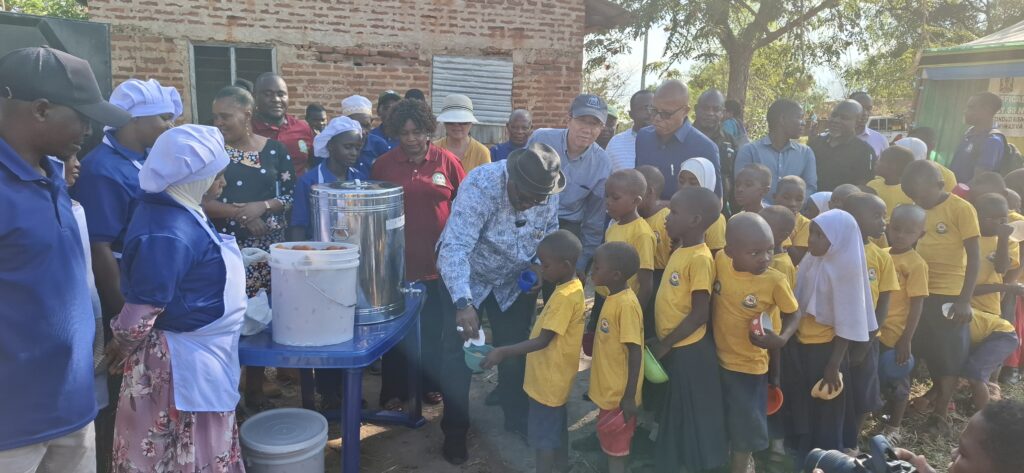
Through collaboration with the China Agriculture University, Busoga will receive 15 soya milk processing machines in 2026. These machines will be installed in government schools to promote:
- Child nutrition and brain development
- School feeding programmes
- Local consumption of Busoga-grown soya
To supplement seasonal harvest earnings, farmers working in organized groups will also receive hybrid chickens. The goal is to generate daily income per household and create sustainable cash flow. “While chili and soya provide income in cycles, poultry ensures families can earn daily. It’s a sustainable path to financial security,”— Dr. Mula
BCD plans to expand its Village Agricultural Model from three to five model villages by 2026. These hubs will provide access to training, input subsidies, and equipment for more rural farmers across the region. “We’re targeting to impact over one million households through agriculture,” — Dr. Mula
A Region Reimagined
As Busoga prepares to export its first chili harvest, the message is clear: subsistence farming is being replaced by structured, export-driven agribusiness. With high-value crops, poultry, and value addition now in motion, Busoga is repositioning itself as a key player in Uganda’s agro-export economy.
Farmers are encouraged to register at their district agriculture offices for the upcoming planting season and take part in available training programmes to benefit from this transformative initiative.
Busoga is set to mark a historic milestone in agricultural transformation as it prepares to export its first container of chili to China this September. This groundbreaking achievement positions the region as a rising player in Uganda’s export economy, showcasing the potential of high-value crops to transform rural livelihoods.
The initiative, coordinated by agricultural partners and development actors in Busoga, has seen hundreds of local farmers shift from subsistence farming to commercial chili cultivation—a move that is already yielding dividends.
Regional coordinators have confirmed that the first export container is fully loaded and scheduled to leave Busoga for China next month, opening a direct agricultural trade link between the two regions for the first time. “This is more than an export win—it’s a statement that Busoga is ready to lead in agribusiness,” — Local Coordinator “We’re exporting not just crops but hope, empowerment, and a model for rural transformation.”
With China opening its doors to Ugandan produce under strengthened bilateral trade relations, Busoga’s entrance into the export market marks a strategic shift from aid dependency to self-driven agricultural growth.




